How to Grow Tree Peonies |
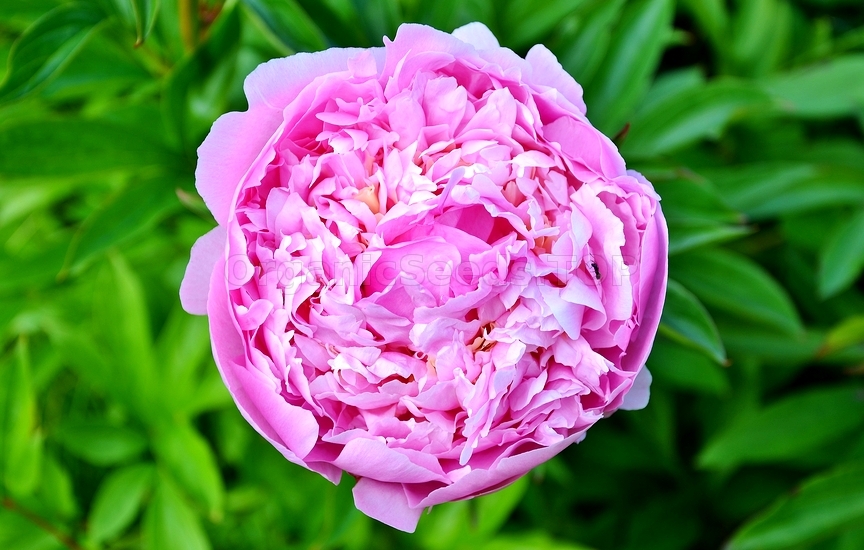 The papery flamboyant blooms and interesting foliage of tree peonies gives the impression that the plants are delicate. Thankfully, the complete opposite is true. Tree peonies are long-lived, hardy shrubs provided they are grown in a suitable spot. The common name is misleading as they are not trees but deciduous shrubs. Quick facts
Cultivation notes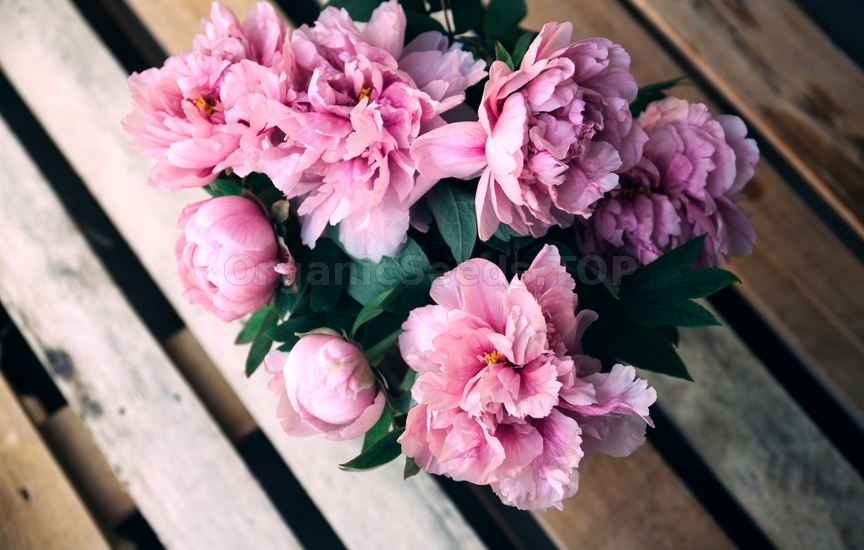 Site and soil
Planting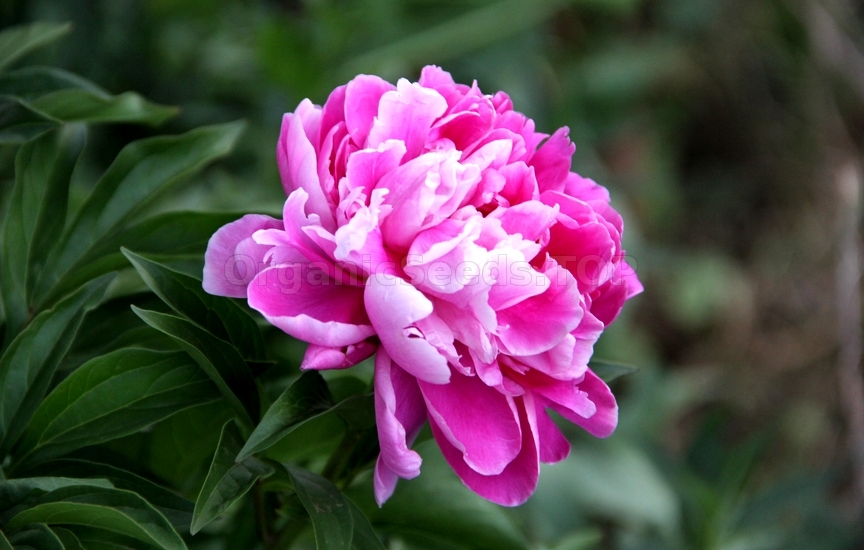 Tree peonies are ideally planted in the autumn, but winter or early spring planting is also suitable. Avoid planting in late spring and in summer. The hot and dry weather can hinder the plants’ establishment.
Tree peonies grown on their own roots should be planted at the same soil level as they were in the container. If bare root, look for the nursery soil mark on at the base of the stems. However, most tree peonies offered for sale, especially named cultivars, are grafted on herbaceous peony rootstock. Look for the graft union (visible as a slight bulge) close to the base of stem. When planting, the graft union should be about 15cm (6in) below the soil level. Deep planting encourages the grafted plant to form its own roots, which reduces suckering from the herbaceous rootstock and prevents the rootstock becoming dominant. Prepare the planting area by incorporating organic matter such as leafmould, garden compost or well-rotted manure. Water well during the establishment period. 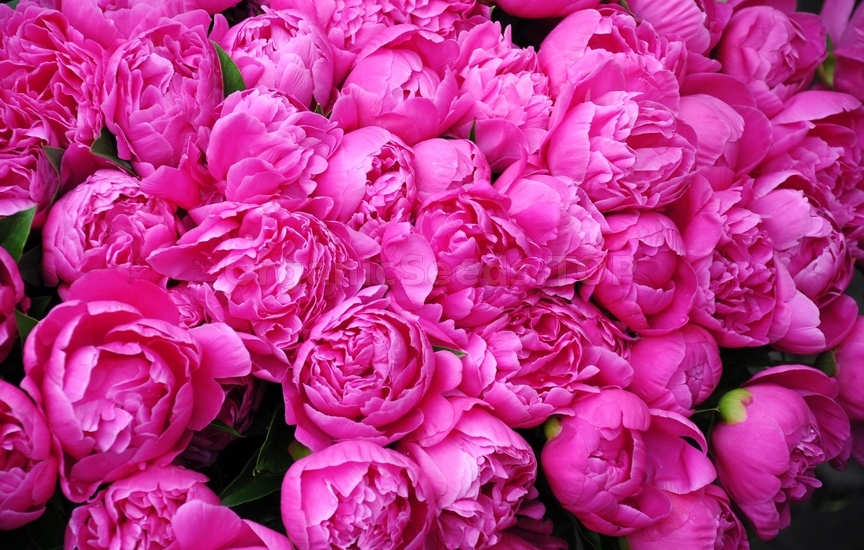 Feeding and mulchingEspecially on lighter soils, in spring apply a light top dressing of a general balanced fertiliser around the base of the plant. Avoid using high nitrogen fertilisers.
In late winter or early spring apply about 10cm (4in) layer of organic mulch such as leafmould, garden compost or well-rotted manure to the main rooting area (immediately under the canopy of the plant). Keep the base of the stems free from mulch. Container cultivationFor a limited period of time tree peonies can be grown in large, deep containers at least 30cm (1ft) in diameter. Top dressing with fresh compost in spring and regular feeding during the growing season is essential for the plant to thrive container cultivation. However, after about five or six years the vigour often declines. To revive an ailing tree peony, plant it out into the in border; they usually recover well.
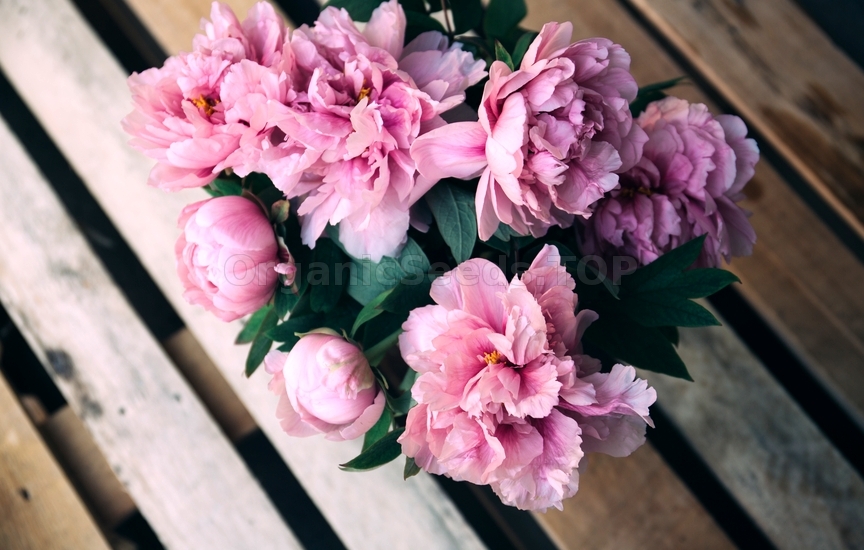 For container cultivation use a soil-based compost such as a John Innes No 3 with added grit to improve drainage. Water regularly but ensure that the compost does not remain permanently soggy. Though fully hardy in the open ground, the roots of containerised plants may be damaged by hard frost. To reduce potential damage move containerised plants into a more sheltered spot, stand it off the ground on bricks and wrap the container in bubble wrap or hessian sacking. Pruning and training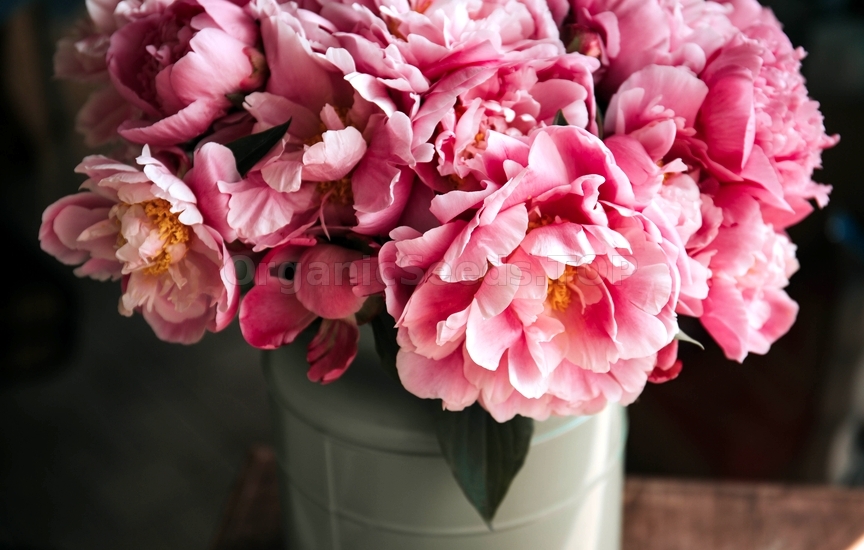 Tree peonies require minimal pruning. Just remove flowered shoots cutting back just above new growth in summer or in the autumn if seeds are desired. Over time the stems may become leggy. Removal of the oldest stems down to the base in the autumn after leaf-fall encourages bushier growth.
Tree peonies such as Paeonia delavayi f. lutea and P. delavayi tend to produce more vigorous upright stems. If desired, an annual removal of proportion of the oldest stems in the autumn helps to control the size once the plants become established. It is best not to attempt hard renovation pruning especially if the plant was grafted. MovingIf necessary, tree peonies can be moved quite successfully in the autumn when the leaves started changing colour or during the winter.
PropagationTree peonies are mostly propagated commercially by grafting, but other methods such as sowing seeds or layering are also possible.
SeedPropagation from seed is the same as for herbaceous peony.
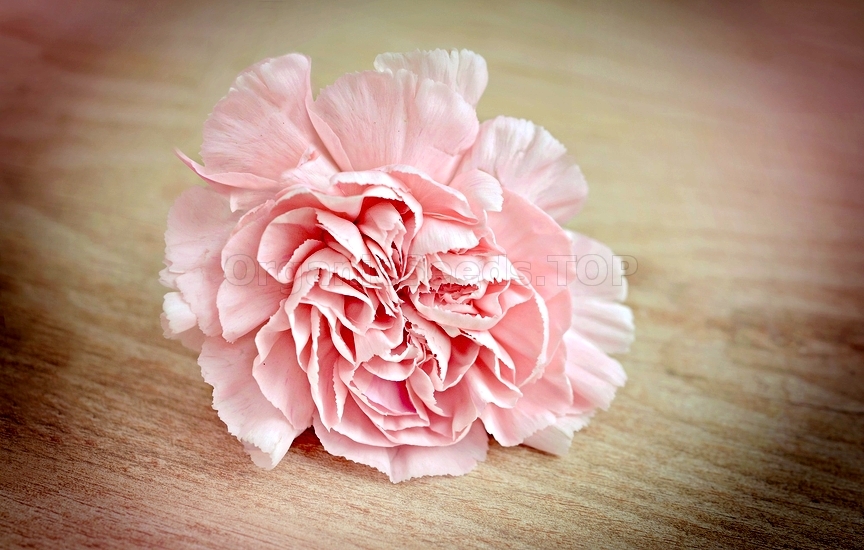 GraftingTo increase the stock rapidly tree peonies, especially named cultivars, are commercially often propagated by grafting on herbaceous peony rootstock such as P. lactiflora in August and September, but this method is not commonly used by home gardeners. Cultivars can be also grafted on seed raised tree peony rootstock.
CuttingsTry semi-ripe cutting in early- to mid-summer, but the cuttings do not root readily.
LayeringThe stems of tree peonies generally have an upright habit and the stems are brittle so layering is often not very practical. If a flexible stem is present and can be layered, it usually takes two to three years before the stem will produce sufficient independent root system to be separated from the parent plant.
Problems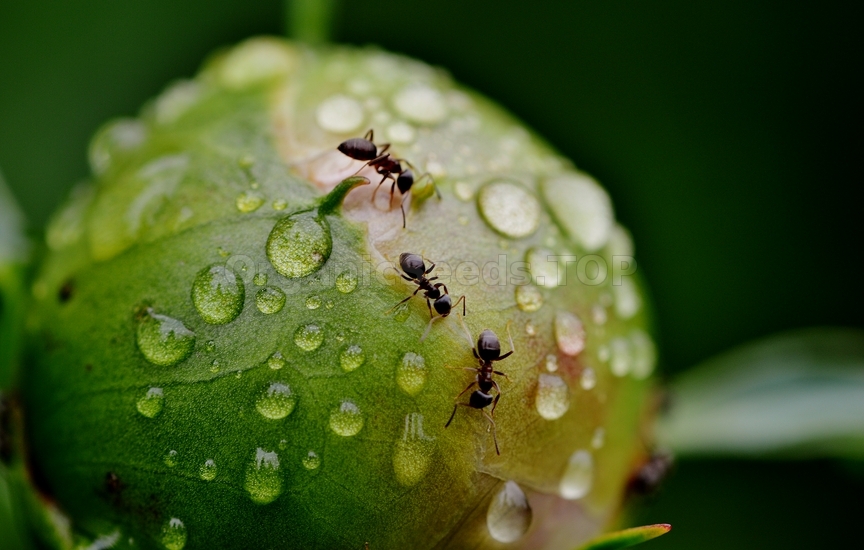 Tree peonies can suffer from a number of disorders and pests.
Poor floweringTree peonies can take up to four years to settle in and flower, even though the plant may have been bought in bloom. However, the lack of flowers can be also caused by shallow planting. If the plant did not produce flowers for several years after planting, try lifting it the autumn and replanting it deeper.
Though established plants are drought tolerant prolonged periods of drought may affect the flowering the following season. Mulch around the base and water during prolonged periods of dry weather. Tree peonies planted in shady position tend to flower less profusely. Cut overhanging braches to allow more light to reach the plant. If not possible consider moving it. Frost damageThe emerging foliage and flower buds can be damaged by late frosts. The affected leaves and buds may blacken and fail to open. Protect with fleece during cold nights.
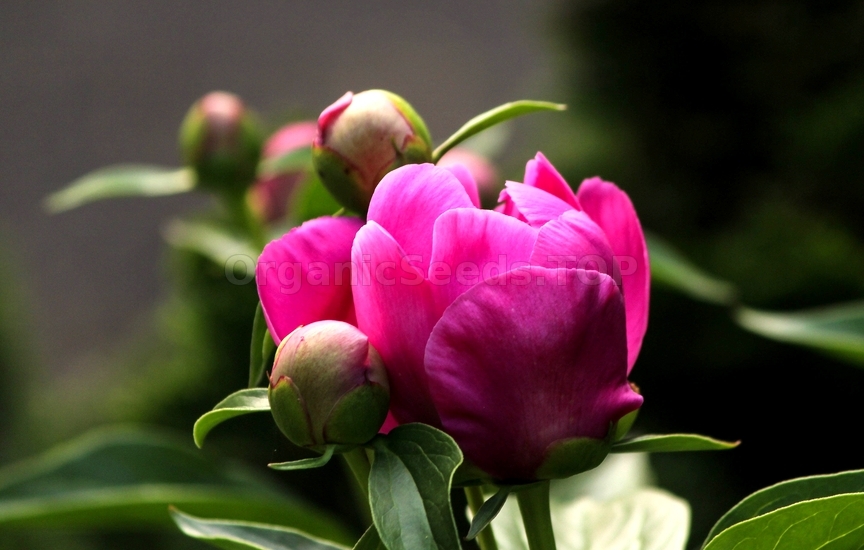 SuckeringShallow planting can also encourage suckering of the herbaceous rootstock. The rootstock is usually P. lactiflora which has shiny reddish shoots, whilst the shoots of tree peonies have dull light red colour. If not sure, investigate if the shoots originate from below the graft union. Remove the suckers as soon as they appear at the point of origin with a sharp knife.
Wilted stems and diebackTree peonies can be affected by peony wilt (grey mould blight) that causes wilting and dieback of young shoots. Peony wilt is the most troublesome problem of both tree and herbaceous peonies. Similar symptoms may be caused by verticillium wilt attack. Honey fungus can cause decline and death of peonies.
VirusPeonies are prone to peony ringspot virus that causes appearance of characteristic irregular yellowish rings on the foliage. This virus generally does not cause major problem to the infected plant and can be tolerated in home situation. Disinfect secateurs after pruning. You may need:«Cardinal» Tree Peonies SeedsFLOWER SEEDSShrub Seeds |
|
|
